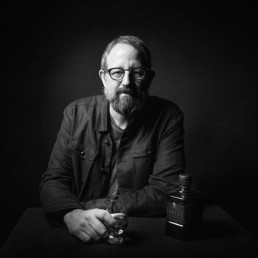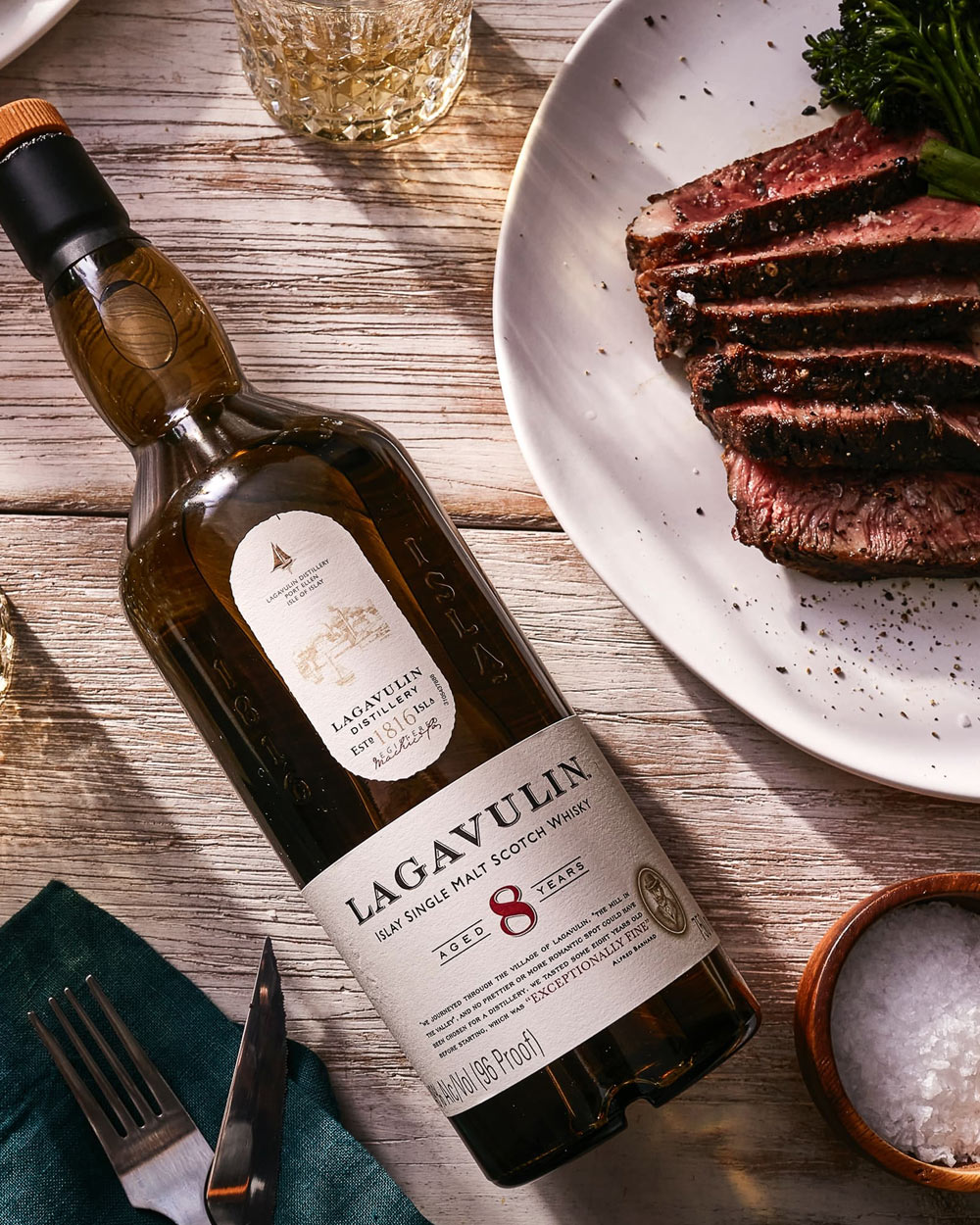It was a shock to nobody that 6th generation Puerto Rican rum maker Roberto Serrallés followed his father’s footsteps in the rum distilling business—except Roberto Serrallés.
Young Serrallés sought a quiet life of academia after high school, earning a Master’s, then a Ph.D. in Environmental Studies at the University of Oregon, where he planned to become a full-time professor. But when his dad, the former president of Puerto Rico’s Destilería Serrallés, home of Don Q rum, invited his son to consult on environmental projects at the distillery, he found himself guided back into the family business. What began as a temporary consultancy developing a wastewater management program turned into a full-time position at Don Q in 2004.
During this time, Serrallés fell in love with everything about his family’s rum business in a way that eluded him as a youth. He went on to have a stellar career with the distillery by immersing himself in every aspect of the business. After rising through the ranks, Serrallés landed as Vice President of Business Development and Corporate Affairs. But looking back, his proudest moments were his contributions to making distilling in Puerto Rico more environmentally sustainable and his role in elevating the entire category by helping develop a line of super-premium, aged rums.
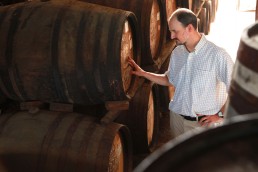
Modernizing Puerto Rican Rum
Serrallés learned to nose rum by hanging out with blenders and distillers at the company’s aging warehouses, most notably Maestra Ronera Silvia Santiago (who has worked at Don Q for nearly five decades) and master blender Jaiker Soto. In 2012 Serrallés began introducing an array of aged Don Q expressions, which in short order elevated the image of Puerto Rican rum from inexpensive cocktail vehicle to fine sipping spirits that easily rivals the quality of a beautiful whiskey or cognac. To get there, Serrallés found inspiration from the exploding bourbon industry in the United States, and he points out how Don Q rum and bourbon have followed a similar track over the decades.
“We do everything whiskey does,” says Serrallés. “We purchased our original 5-column still in 1934 after prohibition ended from Vendome Copper Works in Louisville. We also use ex-bourbon barrels to age and blend a variety of distillates. But a challenge with the category is the consumer is reluctant to pay more of a premium for an aged bottle rum.”
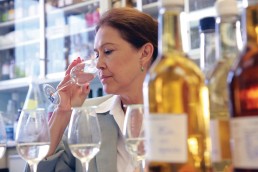
Becoming Cleaner And Greener
While many parallels can be drawn between Puerto Rican rum and American whiskey, producing spirits in their respective locations is not equivalent. For starters, Just keeping the lights on in Puerto Rico is more expensive since electricity costs at least double what most distillers pay in the States. Another challenge is evaporation, called angel share. Don Q loses 8-10 percent of their stock every year compared to maybe two percent in mild Scotland climate and 4-5 percent in moderate Kentucky. This translates to a loss of at least four gallons of rum per barrel every year. Put these increased production costs together, and Serrallés has about $2 million each year literally going out the window.
At least a partial solution came in 2016. The Puerto Rico government offered Don Q a clean energy incentive to install solar panels on the roofs of their aging warehouses. This simple but effective move created cost-saving natural energy and some much-needed shade over aging stocks, producing a temperature delta differential that cut his aging losses.
“Even the accountants told me it was the best thing we could have done,” Serrallés laughs. “When you think about something with a slightly different angle instead of the easiest way, you find solutions. Now our buddy Richard Seale (Distiller at Four Square) installed solar panels on his warehouses in Barbados. We get green energy on one side and reduced aging losses on the other. And in my opinion, better rum.”
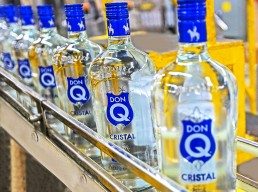
Image Is Everything
The other challenge in the industry is simply convincing consumers that rum is a legitimate luxury product. According to Serrallés, the reason for this is simple. Sixty percent of the market share is controlled by three brands: Bacardi, Captain Morgan, and Malibu. For context, to attain the same percentage in vodka, you would need to combine at least 20 brands. And these few brands who are selling most of the world’s rum also have large marketing budgets. But they don’t spend that money talking about fine sipping. They are talking about pirates, partying, and catching a cheap buzz. Serrallés feels like the rest of the industry is losing out on the more extensive conversation that rum can be beautifully aged and balanced. Instead of competing with “big rum,” Serrallés is finding willing drinkers among the whiskey crowd who understand aged spirits.
“Let’s talk the language of the whiskey guys. Like bourbon in Kentucky, we also create beautifully aged spirits in Puerto Rico. There is a great opportunity to teach consumers to appreciate our products and drink better. And with the innovation of Don Q’s portfolio of aged rums, led by Silvia, Jaiker, and their team, that’s where we see the future of rum.”
Are you ready to see what a finely aged and blended Puerto Rican rum has to offer? Check out Don Q’s Serrallés Collection and taste through their Reserva, Reserva 7-Year, as well as their special barrel finished expressions like Don Q Double Aged Vermouth Cask or Sherry Finish.
“The aging warehouse is where the magic happens. We have so much beautiful stock, we barely scratched the surface of the flavors we can create.
—Roberto Serrallés
John McCarthy is a spirit, travel, and lifestyle journalist, managing editor, and author of The Modern Gentleman and Whiskey Rebels: The Dreamers, Visionaries & Badasses Who Are Revolutionizing American Whiskey. McCarthy is also editor of Barleycorn Drinks and Director of Judging of the John Barleycorn Awards.
